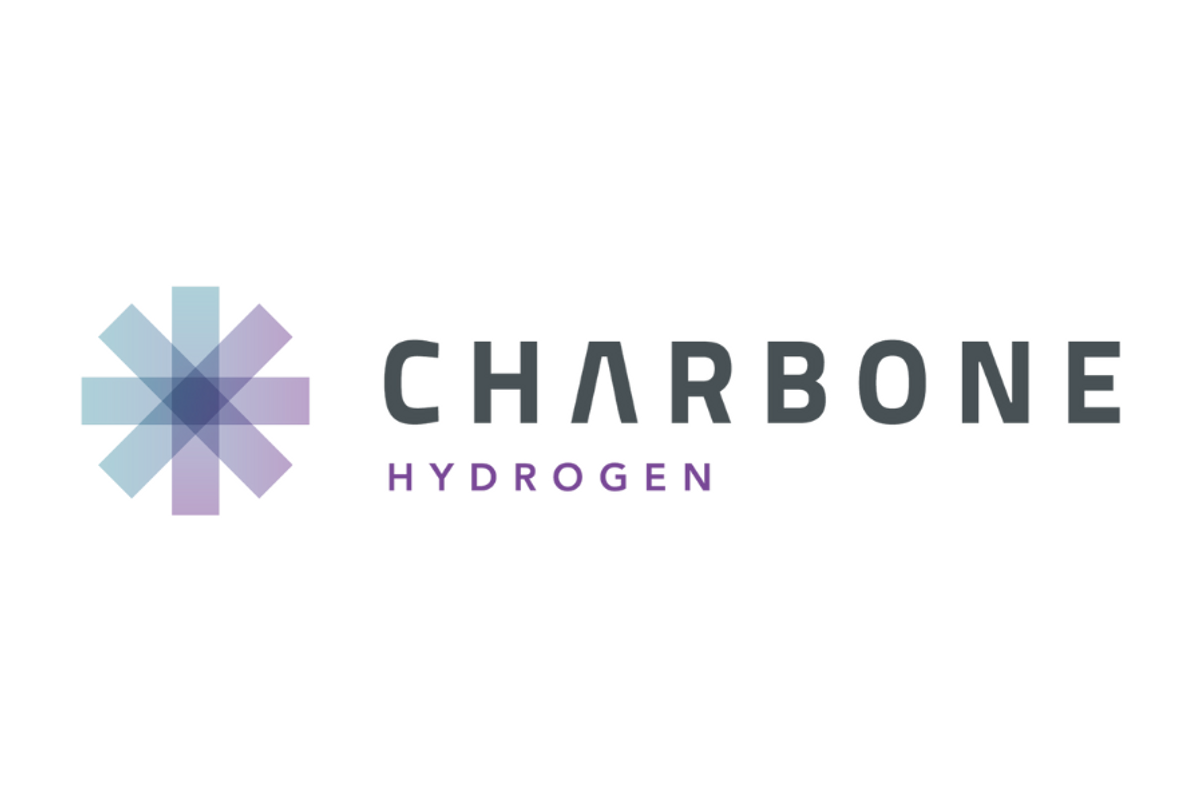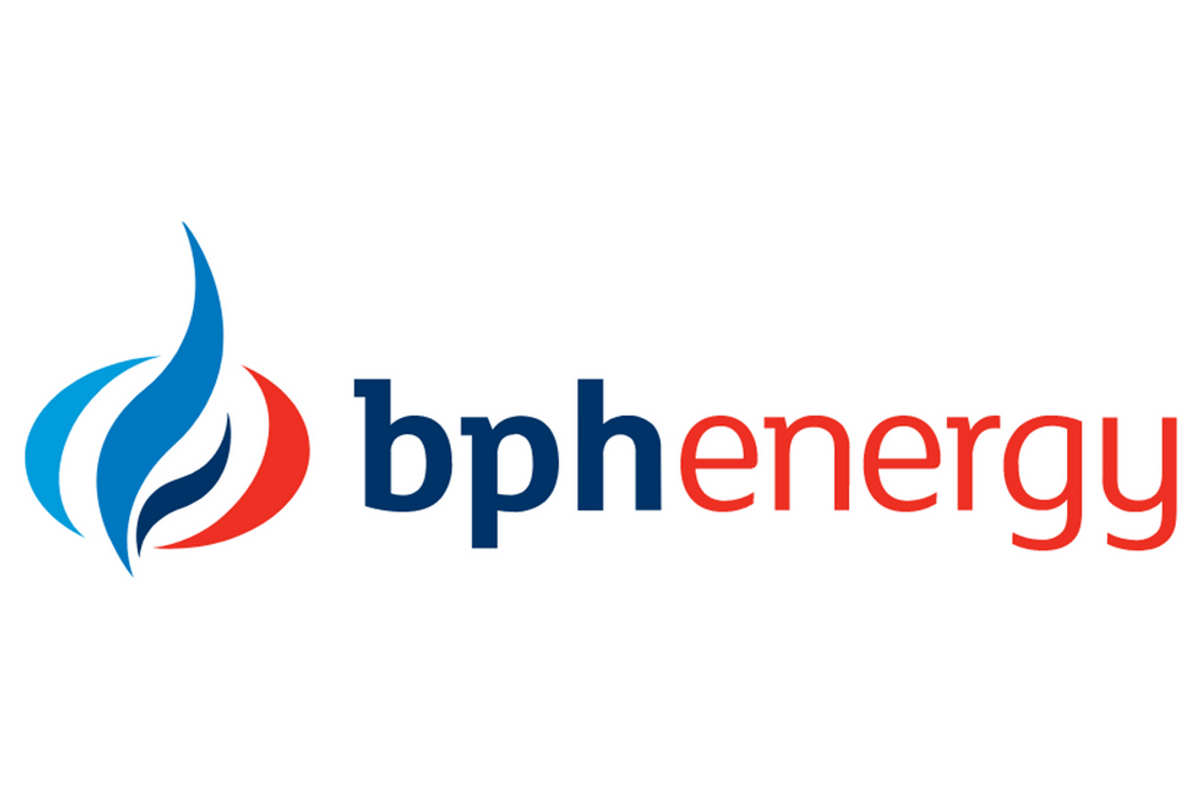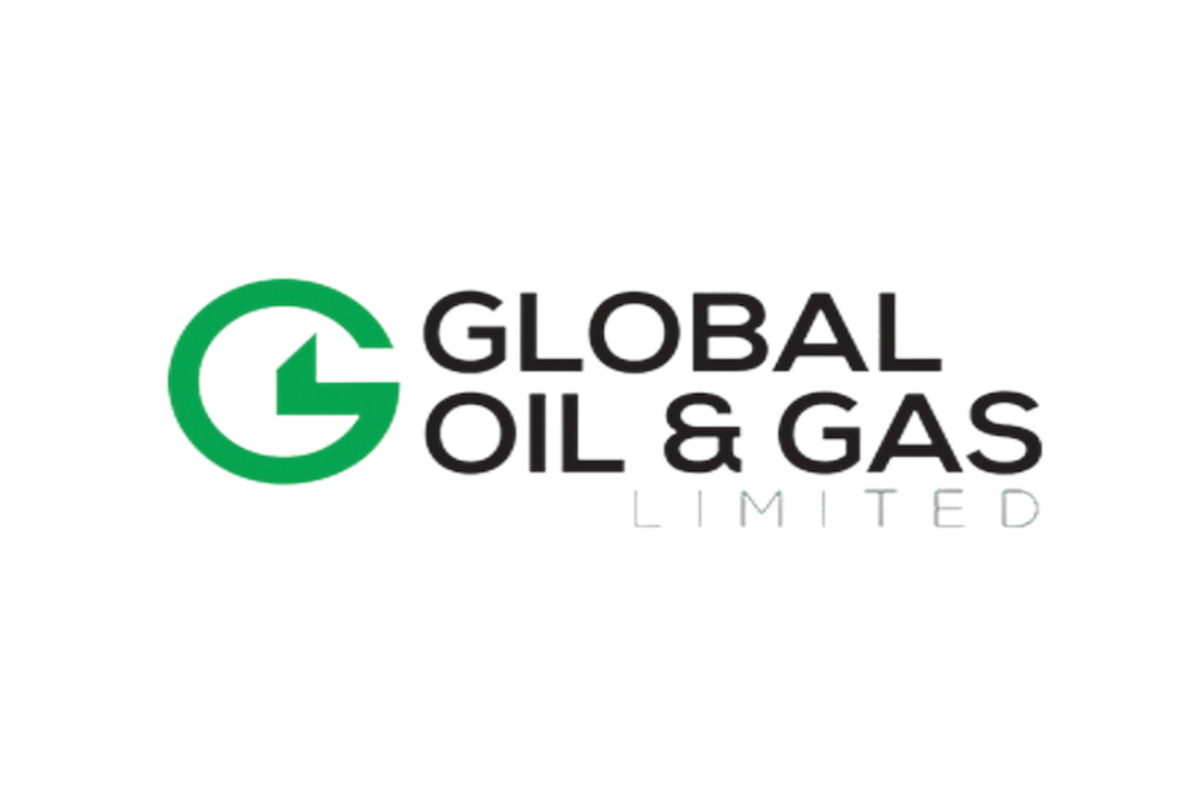
June 06, 2023
Global Oil & Gas Limited (ASX: GLV) (Company) is pleased to announce that is has been offered a Technical Evaluation Agreement (TEA) for a 4,858km2 oil and gas exploration block offshore Peru. The Company will hold 80% of the TEA with project partner, US based oil and gas exploration company Jaguar Exploration, Inc. (Jaguar), holding the remaining 20%.
Highlights
- Global has been offered the rights to a 4,858km2 oil and gas block in proven hydrocarbon bearing basins offshore Peru, boarding the prolific (+1.6 Billion Barrels produced) Talara basin (TEA LXXXVI previously Z-70)
- The Company and Jaguar Exploration, Inc (US based partner) will now move to finalise formal agreements with Perupetro (the Peruvian national oil regulator) for its 100% interest in the block (80% Global and 20% Jaguar)
- Previous production of 4,000 bopd at the excised Corvina field incorporated within the block
- Located immediately south of the block is the Alto- Pena Negra oil field, one of Peru’s most productive fields, currently producing around 3,000 bopd with total historical production of more than 143 million barrels of oil
- Historical corporate transactions in the region of up to US$900 million Dollars
- Data from 7 historical 2D seismic campaigns and more than 3,800km2 of historical 3D seismic has been secured
- No significant expenditure commitments for the TEA
- Global aim to generate Prospective Resources to facilitate potential third-party investment and/or farmin
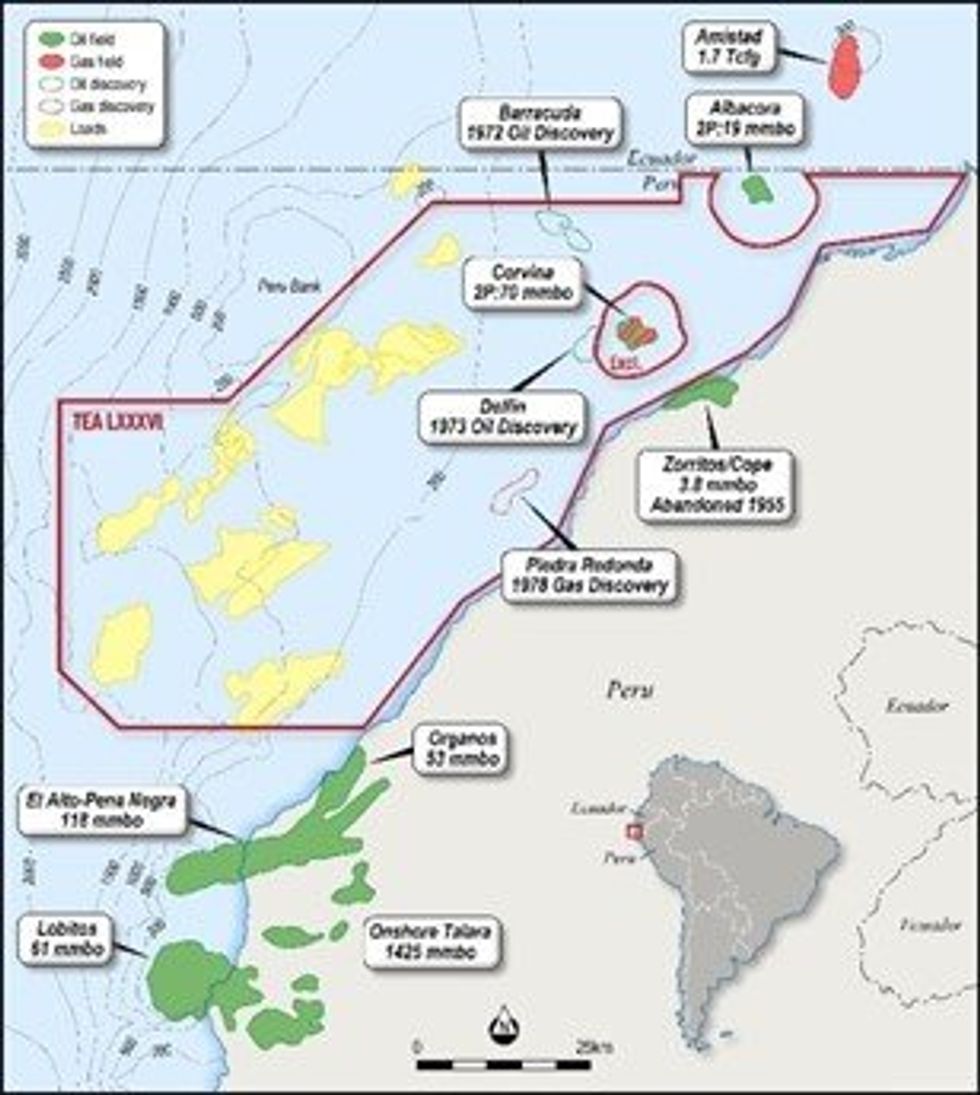
Managing Director Patric Glovac commented:
“Being offered this globally significant 4,858km2 (over 1.1 million acres) offshore oil and gas opportunity in Peru has the potential to be transformational for the Company.
The nearby oil discoveries and petroleum refinery close to the offshore block make this an enviable address for global oil and gas players. Seven 2D seismic surveys and more than 3,800km2 of 3D seismic has been received and is now being processed to identify leads, prospects and Certified Prospective Resources.
The Company is in the process of creating a comprehensive data room to facilitate the process of marketing this opportunity to prospective project investors and/or joint venture partners.
This world-class asset is an incredible opportunity for the Company to comprehensively collate all existing information, generate certified Prospective Resources and generate compelling drill targets
We look forward to finalising the formal agreements over the coming weeks with both Jaguar & Perupetro”.
The Company and Jaguar have been considered as a “Qualified Subjects” by Perupetro (the Peruvian national oil regulator) and can now assume obligations for one hundred percent (100%) participation in a Technical Evaluation Agreement (CET) on area LXXXVI, subject to formal contracts being entered into between the parties and Perupetro which is expected to occur over the coming weeks.
The oil and gas block is located in the gulf of Guayaquil in water depths that range from 100m to 1,500m, straddling the Tumbes-Progreso and Talara basins. Both basins host historical producing oil and gas fields, with the latter incorporating one of Peru’s most productive hydrocarbon plays.
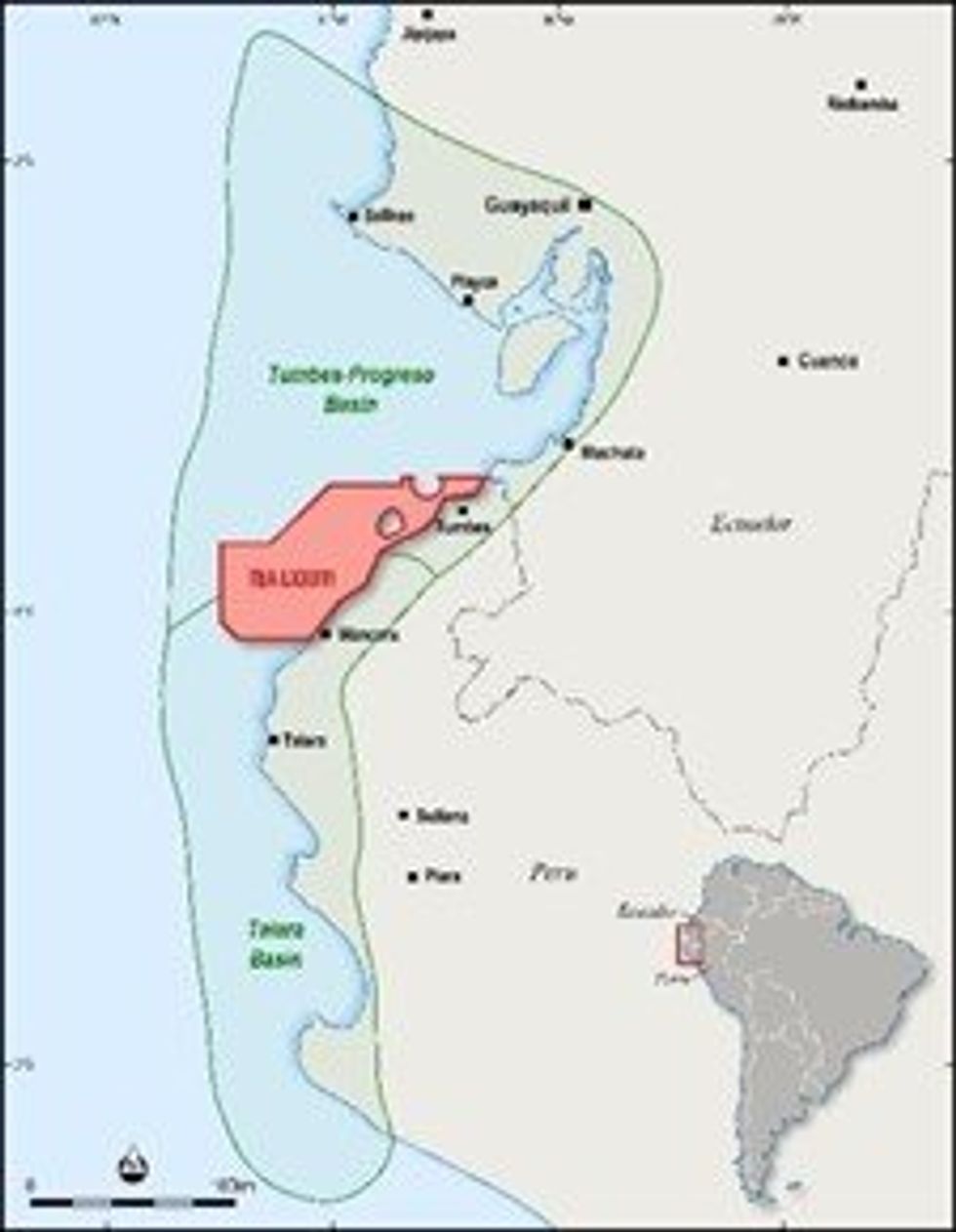
The block is surrounded by, and incorporates, multiple historic and currently producing oil and gas fields. The southeast of the block borders the Alto-Pena Negra oil field which is one of Peru’s most productive fields, currently producing around 3,000 barrels of oil per day (bopd) and with total historical production of more than 143 million barrels of oil.
In the northeast, the block incorporates the excised Corvina oil field which generated past production rates of up to 4,000 barrels of light oil per day (28.45⁰ API).
The southern border of the TEA is also only 70km from the Talara crude oil refinery which received production from the Corvina field.
Exploration Opportunity
Historical exploration over the TEA has been intermittent with a clear misalignment between seismic and the drilling of the exploration wells. Three early 1970s wildcat wells, drilled before the running of any seismic, encountered oil and gas followed by only one more exploratory well three decades later after the running of seven 2D and four 3D (3,800km2) seismic campaigns.
Click here for the full ASX Release
This article includes content from Global Oil and Gas Limited, licensed for the purpose of publishing on Investing News Australia. This article does not constitute financial product advice. It is your responsibility to perform proper due diligence before acting upon any information provided here. Please refer to our full disclaimer here.
GLV:AU
The Conversation (0)
12 November
Angkor Resources Engages Departure Capital Inc. for Marketing and Investor Relations Services
(TheNewswire) GRANDE PRAIRIE, ALBERTA TheNewswire - Nov. 12, 2025 - Angkor Resources Corp. (TSXV: ANK,OTC:ANKOF) ("ANGKOR" OR "THE COMPANY") announces that it has entered into a service agreement with Departures Capital Inc. (" Departures Capital ") was signed November 3 2025 and is effective... Keep Reading...
12 November
CHARBONE Confirms Construction Schedule on Track at Sorel-Tracy and Announces the Imminent Start of Equipment Installation Phase
(TheNewswire) Brossard, Quebec TheNewswire - November 12, 2025 CHARBONE CORPORATION (TSXV: CH,OTC:CHHYF; OTCQB: CHHYF; FSE: K47) (" CHARBONE " or the " Company "), a North American producer and distributor specializing in clean Ultra High Purity (" UHP ") hydrogen and strategic industrial gases,... Keep Reading...
12 November
CHARBONE confirme le respect de l'echeancier de construction a Sorel-Tracy et annonce le debut imminent de la phase d'installation des equipements
(TheNewswire) Brossard, Quebec TheNewswire - le 12 novembre 2025 CORPORATION CHARBONE (TSXV: CH,OTC:CHHYF; OTCQB: CHHYF; FSE: K47) (« CHARBONE » ou la « Société »), un producteur et distributeur nord-américain spécialisé dans l'hydrogène propre Ultra Haute Pureté (« UHP ») et les gaz industriels... Keep Reading...
10 November
VIDEO - CEO Clips Angkor Resources: Triple Opportunity in Oil, Gas & Minerals
Angkor Resources (TSXV: ANK,OTC:ANKOF) (OTCQB: ANKOF Angkor is making moves across both the mineral and energy sectors. With three milestones on deck-including expanded oil production in Alberta and copper-gold assay results from Cambodia-Angkor is building value across borders, driven by a... Keep Reading...
05 November
Angkor Resources Identifies Third Drill Prospect on Block VIII Oil & Gas License, Cambodia
(TheNewswire) GRANDE PRAIRIE, ALBERTA TheNewswire - Nov. 5, 2025 - Angkor Resources Corp. (TSXV: ANK,OTC:ANKOF) ("ANGKOR" OR "THE COMPANY") announces the results of our North Bokor seismic program leading to the confirmation of a third anticlinal dome structure buried under the flat valley... Keep Reading...
Latest News
Latest Press Releases
Syntheia Announces Shares for Debt Transaction
14 November
E-Power Provides Update on Management Changes
14 November
Related News
TOP STOCKS
American Battery4.030.24
Aion Therapeutic0.10-0.01
Cybin Corp2.140.00

